In the early morning of October 11, 2025, Trump launched another attack on social media.
Calling attention to China's so-called "export controls," he threatened to restart the trade war against China.
He also threatened to impose a 100% tariff increase on top of existing tariffs.
This move quickly triggered a resolute countermeasure from China.
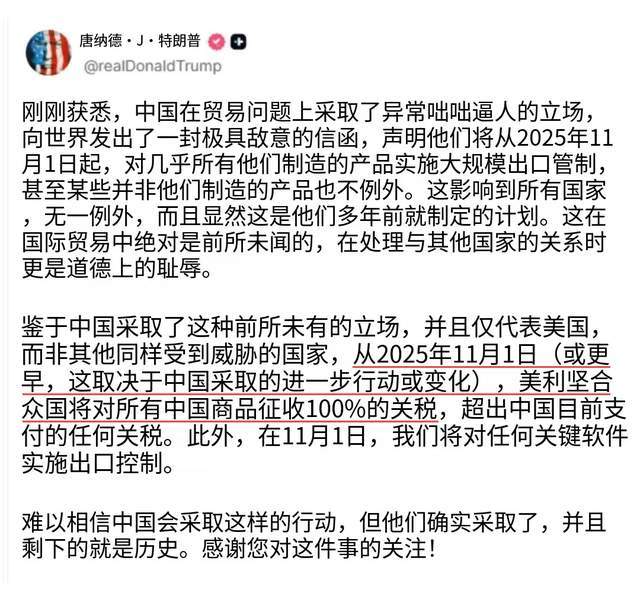
The trigger for this trade war actually began with the collapse of the US soybean market.
September is typically soybean harvest season, but farmers in the Midwest received no orders from China.
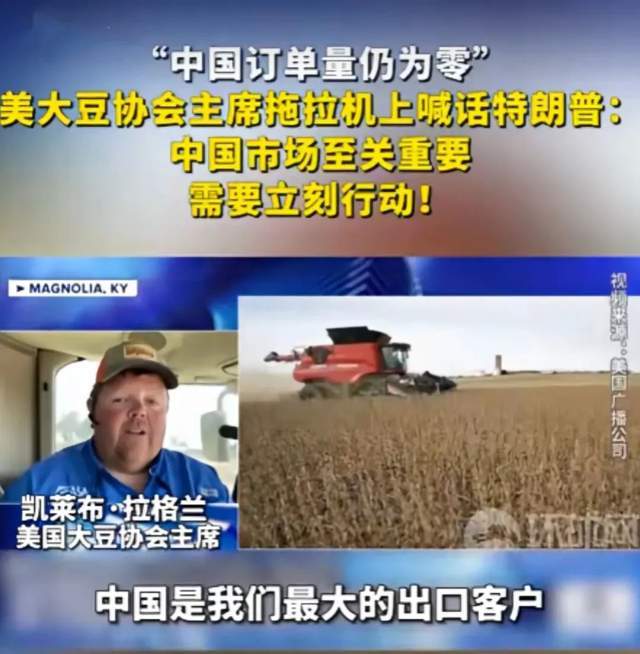
Image source: Xinhua News Agency (deleted)
Soybeans are the largest agricultural product exported by the United States, accounting for 14% of the total. China was once the largest buyer, with purchases reaching $12.64 billion in 2024, more than half of total exports. Now that China is refusing to buy a single soybean, the 70 million tons of soybean backlog has suddenly become a hot potato, with nowhere to sell them.
Further compounding the problem, the US soybean industry is highly financialized, with farmers using anticipated orders as collateral for loans and investment. The loss of orders has led to a devaluation of collateral, a rapid spread of defaults and bad debts, and has also affected upstream industries such as fertilizers, pesticides, and shale oil, putting the financial chain on the verge of collapse.
Trump was eager to apply pressure before the APEC meeting, ostensibly on behalf of farmers, but in reality to prevent a systemic economic crisis.
The meeting between Chinese and US leaders, originally scheduled for November during the APEC meeting, was supposed to be an opportunity to ease tensions. However, Trump relapsed, breaking with the tacit agreement and taking the initiative during China's National Day and Mid-Autumn Festival, simply to gain more bargaining chips before the negotiations. On September 29, the U.S. Department of Commerce implemented the "50% Rule," adding over 3,000 Chinese-affiliated companies to the export control list.
On October 3 (National Day holiday), the U.S. Customs issued an announcement confirming the imposition of additional fees on Chinese vessels starting October 14.
On October 8 (Mid-Autumn Festival holiday), the U.S. Department of Commerce suddenly added 19 Chinese companies to the sanctions list.
In response to the U.S.'s continuous moves, China launched a comprehensive counterattack on October 9 and 10, launching nine consecutive counterattacks against the United States!
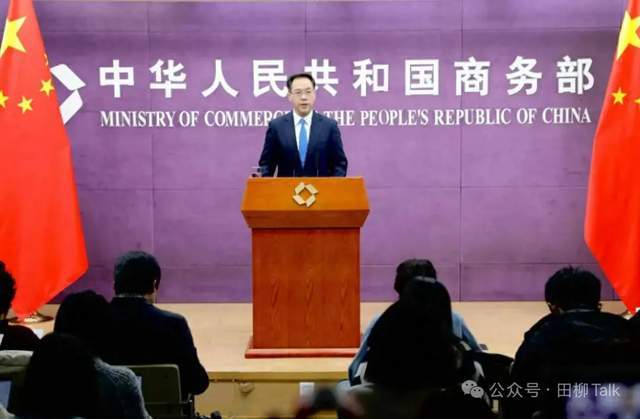
On October 9, China issued seven announcements in a row, covering key materials such as superhard materials, lithium batteries, artificial graphite negative electrode materials and some medium and heavy rare earths.
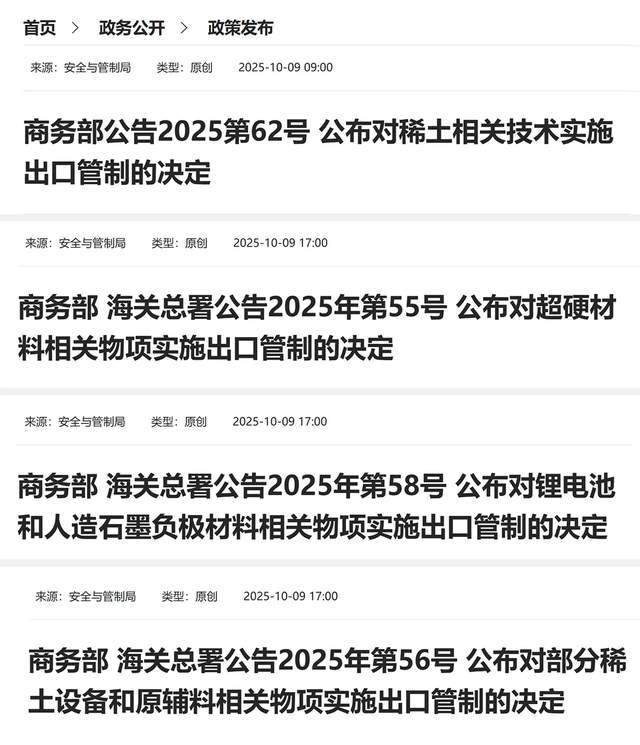
On October 10, the Ministry of Transport announced the imposition of special port fees on US-flagged vessels, with an effective date identical to that of the US. On the same day, the State Administration for Market Regulation launched an antitrust investigation into Qualcomm.
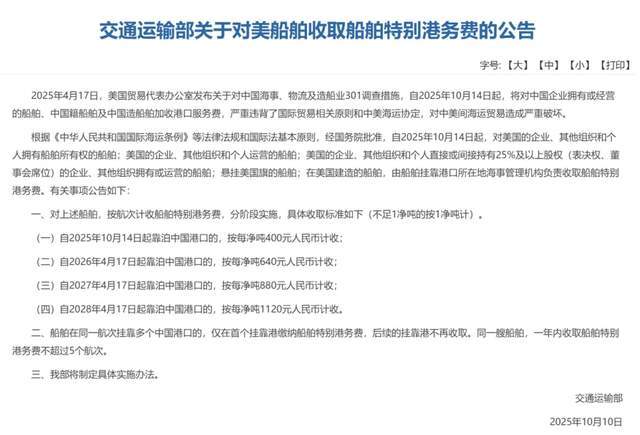
Among China's countermeasures, what has attracted the most attention from the outside world is China's export control on rare earth-related items.
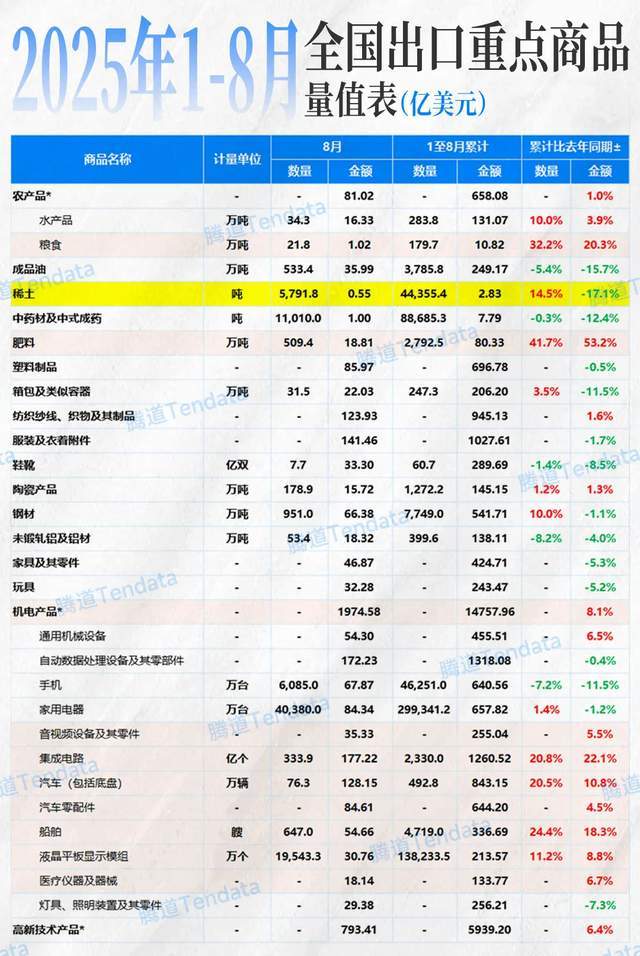
Data source: General Administration of Customs/Cartography: Tengdao
For a long time, the United States has leveraged its technological hegemony to exercise "long-arm jurisdiction," for example, blocking ASML of the Netherlands from exporting EUV lithography machines to China on the grounds that they "used American technology."
This series of precise, orderly, and reciprocal countermeasures is not a "table flip," but a powerful counterattack after "taking the challenge."
This move caught the US off guard and marks a new phase in the Sino-US competition: China is no longer passively subjecting itself to regulatory pressure, but is now using internationally recognized legal and trade tools to defend its interests. Trump's fierce reaction reveals the failure of his hegemonic logic of "allowing officials to set fires while preventing ordinary people from lighting lamps."
Looking to the future, we have long made our position clear. As the People's Daily commented on April 7: "Focus on our own affairs and strengthen our confidence in effectively responding to the impact of US tariffs."
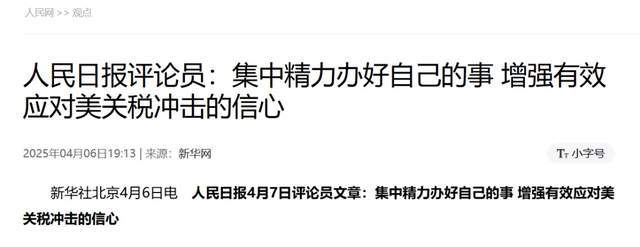
Export data from the first eight months of this year demonstrates that Chinese companies, once reliant on the US market, are now shifting towards a diversified market presence.
From January to August of this year, China's exports to the US totaled US$282.955 billion, a year-on-year decrease of 15.5%. In August, exports to the US totaled US$31.604 billion, a year-on-year decrease of 33.1%.
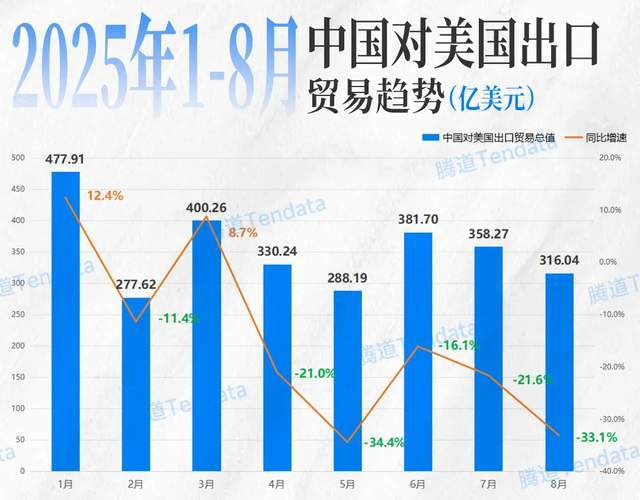
Data source: General Administration of Customs/Cartography: Tengdao
From January to August this year, China's exports to many countries and regions saw growth:
Exports to the EU grew by 7.5%, with increases of 10.5% to Germany, 7.4% to France, 6.5% to Italy, and 2.1% to the Netherlands, respectively.
Exports to ASEAN increased by 14.6%, with increases of 22.1% to Vietnam, 22.9% to Thailand, 14.5% to Indonesia, 7.5% to the Philippines, and 6.1% to Malaysia, respectively.
Exports to Japan, Australia, India, and the UK increased by 4.7%, 3.4%, 12.8%, and 8.2%, respectively.
Exports to Africa surged by 24.7%.
Exports to Latin America grew by 5.8%.
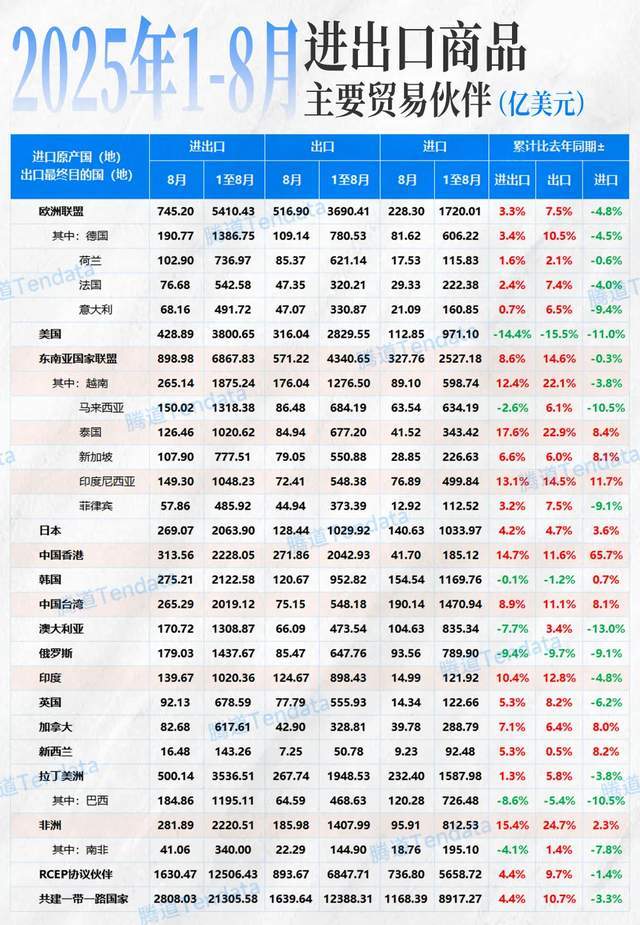
Data source: General Administration of Customs/Cartography: Tengdao
For more information on imports and exports in the first eight months of this year, click here: China's exports to the US plummeted 33%, but overall exports still grew 4.4%.
Xiao Teng's thoughts:
Tengdao provides import and export data for 228 countries and regions, including exclusive data for Vietnam, Indonesia, Latin America, Brazil, Africa, and other countries and regions. This helps you gain deeper insights into emerging markets and fully tap into their market demand and growth potential!
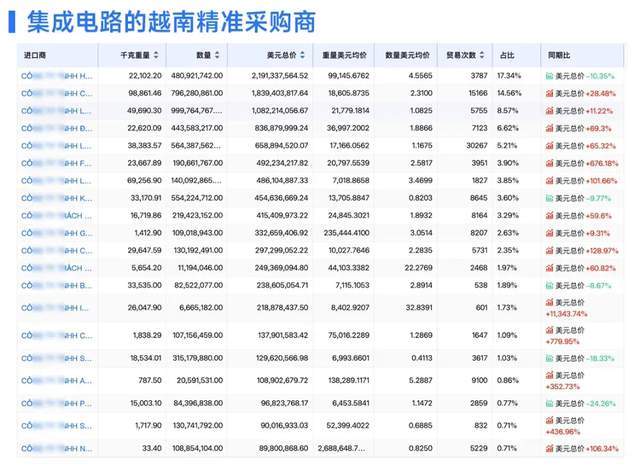
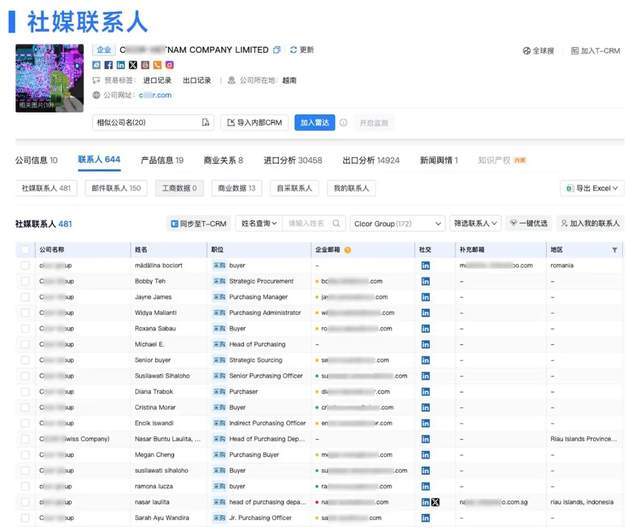
Image source: Tengdao Foreign Trade Platform V5.0
This game is not the end game.
It is a crucial battle in the process of reshaping relations between major powers.
China, with rationality, restraint, and determination, has embarked on a principled, bottom-line, and methodical countermeasure.
And China's circle of friends has continued to consolidate and expand amidst the storm.
More and more countries are seeing clearly who upholds the rules and who creates chaos, and who is trustworthy and worthy of partnership.